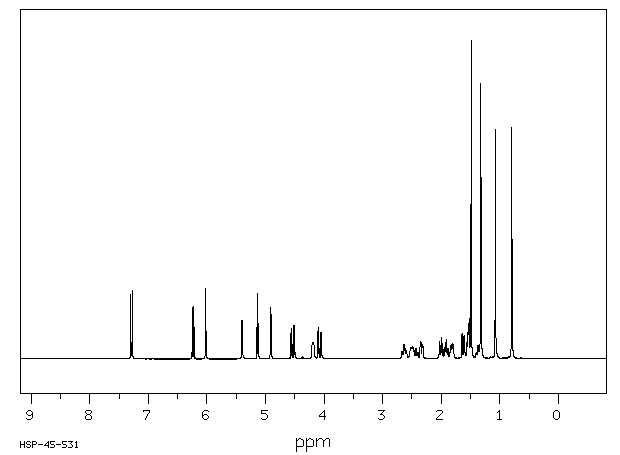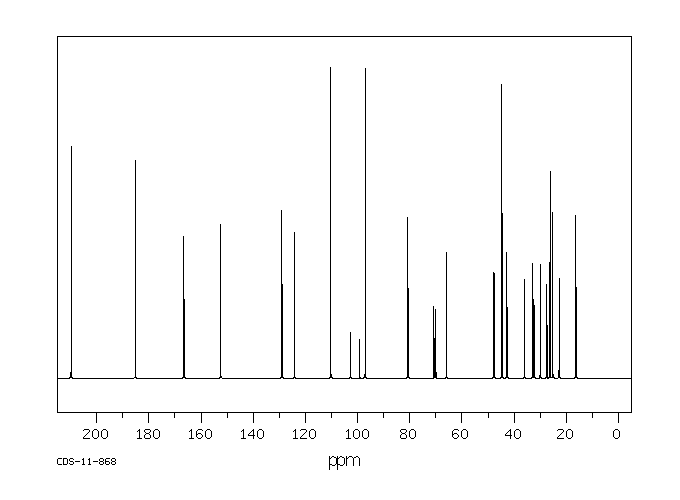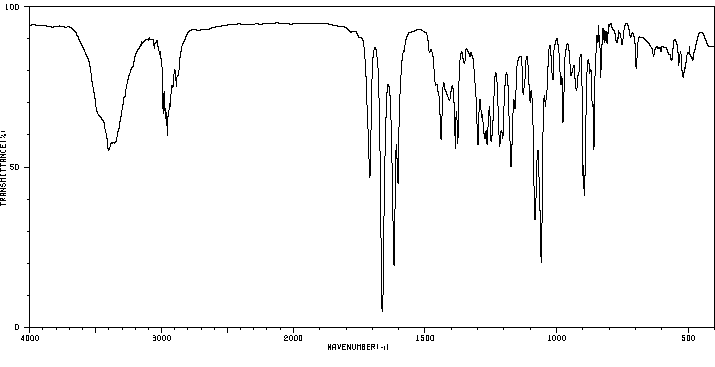毒理性
哺乳期使用概要:因为没有关于口服或注射曲安奈德在哺乳期间使用的信息,可能更倾向于使用另一种药物,特别是在哺乳新生儿或早产儿时。然而,将曲安奈德作为鼻喷剂或局部注射,例如用于肌腱炎,不会预期对哺乳婴儿产生任何不良反应。专家意见认为,在哺乳期间可以使用吸入和口服皮质类固醇。局部注射,例如用于肌腱炎,不会预期对哺乳婴儿产生任何不良反应,但偶尔可能会导致暂时性的乳汁供应减少。另见曲安奈德,外用。
对哺乳婴儿的影响:没有报告任何皮质类固醇有影响。
对泌乳和母乳的影响:一位母亲正在哺乳她14个月大的婴儿,每天3到7次。她在肩部注射了5.7毫克倍他米松磷酸钠和醋酸混合物治疗滑囊炎,对泌乳没有影响。四周后,她继续在胸颈椎区域感到疼痛,并被诊断为神经敏感化。她在颈椎和胸椎硬脊膜外以及小面注射了80至120毫克的曲安奈德二醋酸酯。三天后,她注意到乳汁供应减少和喷射反射减弱,在接下来的5天内情况继续恶化。她开始使用频繁抽吸的吸奶器和多潘立酮作为催乳剂。她的乳汁在几天内慢慢增加,在注射后的21天停止多潘立酮时恢复正常。那时,她的血清催乳素水平升高。母亲乳汁供应的减少可能是由皮质类固醇注射引起的。也有报告称,在手腕注射一剂甲基强的松龙悬浮液会导致暂时性的泌乳停止。
一项对46名在34周前分娩的妇女的研究发现,如果在分娩前3到9天给予另一剂量的皮质类固醇(倍他米松,2次肌肉注射,每次11.4毫克,间隔24小时),会导致第二阶段泌乳延迟和产后10天内的平均乳汁量减少。如果婴儿在母亲接受皮质类固醇后不到3天或多于10天分娩,乳汁量不会受到影响。等效剂量的曲安奈德可能会有同样的效果。
一项对87名孕妇的研究发现,在怀孕期间给予上述剂量的倍他米松会导致孕期过早刺激乳糖分泌。尽管增加在统计学上是有意义的,但临床重要性似乎很小。等效剂量的曲安奈德可能会有同样的效果。
一位分娩后7个月的哺乳母亲在手背第一间隔区注射了40毫克曲安奈德,并加入了2毫升1%利多卡因治疗德奎尔万腱鞘炎。注射后24小时,患者报告乳汁量减少了90%,这是通过注射前后用吸奶器测量的。她继续吸奶,并开始服用葫芦巴以刺激泌乳。在1周内,她的乳汁供应增加了50%,在注射后1个月,她能够满足婴儿的哺乳需求。
一名患有特发性肉芽肿性乳腺炎的妇女在受影响的乳房的红斑区域注射了40毫克曲安奈德醋酸酯。她的乳汁产量从注射的左乳减少了。她原本能够用电动吸奶器在那边挤出60毫升,注射后只能挤出10毫升。受影响的乳房的乳汁供应在2周内恢复。未受影响的右乳的产量没有减少。
◉ Summary of Use during Lactation:Because no information is available on the use of oral or injectable triamcinolone during breastfeeding, an alternate drug may be preferred, especially while nursing a newborn or preterm infant. However, use of triamcinolone as a nasal spray or local injections, such as for tendinitis, would not be expected to cause any adverse effects in breastfed infants. Expert opinion considers inhaled and oral corticosteroids acceptable to use during breastfeeding. Local injections, such as for tendinitis, would not be expected to cause any adverse effects in breastfed infants, but might occasionally cause temporary loss of milk supply. See also Triamcinolone, Topical.
◉ Effects in Breastfed Infants:None reported with any corticosteroid.
◉ Effects on Lactation and Breastmilk:A mother was nursing her 14-month-old 3 to 7 times daily. She had 5.7 mg of betamethasone sodium phosphate and acetate mixture injected into her shoulder for bursitis with no effect on lactation. Four weeks later, she continued to have pain in her thoracic cervical regions and was diagnosed with neural sensitization. She had 80 to 120 mg of triamcinolone diacetate injected into her cervical and thoracic spine epidurally and into the facets. Three days later, she noticed a decrease in milk supply and a reduced ejection reflex which continued to worsen over the next 5 days. She began using a breast pump with frequent pumping and domperidone as a galactogogue. Her milk slowly increased over several days and was normal by 21 days after the injection when she stopped domperidone. At that time, her serum prolactin levels were elevated. The decrease in the mother's milk supply was possibly caused by the corticosteroid injections. A dose of depot methylprednisolone injected into the wrist has also been reported to cause temporary cessation of lactation.
A study of 46 women who delivered an infant before 34 weeks of gestation found that a course of another corticosteroid (betamethasone, 2 intramuscular injections of 11.4 mg of betamethasone 24 hours apart) given between 3 and 9 days before delivery resulted in delayed lactogenesis II and lower average milk volumes during the 10 days after delivery. Milk volume was not affected if the infant was delivered less than 3 days or more than 10 days after the mother received the corticosteroid. An equivalent dosage regimen of triamcinolone might have the same effect.
A study of 87 pregnant women found that betamethasone given as above during pregnancy caused a premature stimulation of lactose secretion during pregnancy. Although the increase was statistically significant, the clinical importance appears to be minimal. An equivalent dosage regimen of triamcinolone might have the same effect.
A nursing mother who was 7 months postpartum had triamcinolone 40 mg injected into the first dorsal compartment of the wrist along with 2 mL of 1% lidocaine for de Quervain tenosynovitis. Twenty-four hours after the injection, the patient reported a 90% decrease in lactation as measured by breast pumping before and after the injection. She continued to pump her breasts and began taking fenugreek to stimulate lactation. Within 1 week, her milk supply increased by 50% and by 1 month after the injection, she was able to meet her infants breastfeeding needs.
A woman with idiopathic granulomatous mastitis received an injection of 40 mg of triamcinolone acetonide into erythematous areas of the affected breast. Her milk production decreased from the injected left breast. She had originally been able to express 60 mL on that side with an electric breast pump, and after the injection she was only able to express 10 mL. Her milk supply on the affected side recovered over the course of 2 weeks. Production on the unaffected right breast did not decrease.
来源:Drugs and Lactation Database (LactMed)










